-
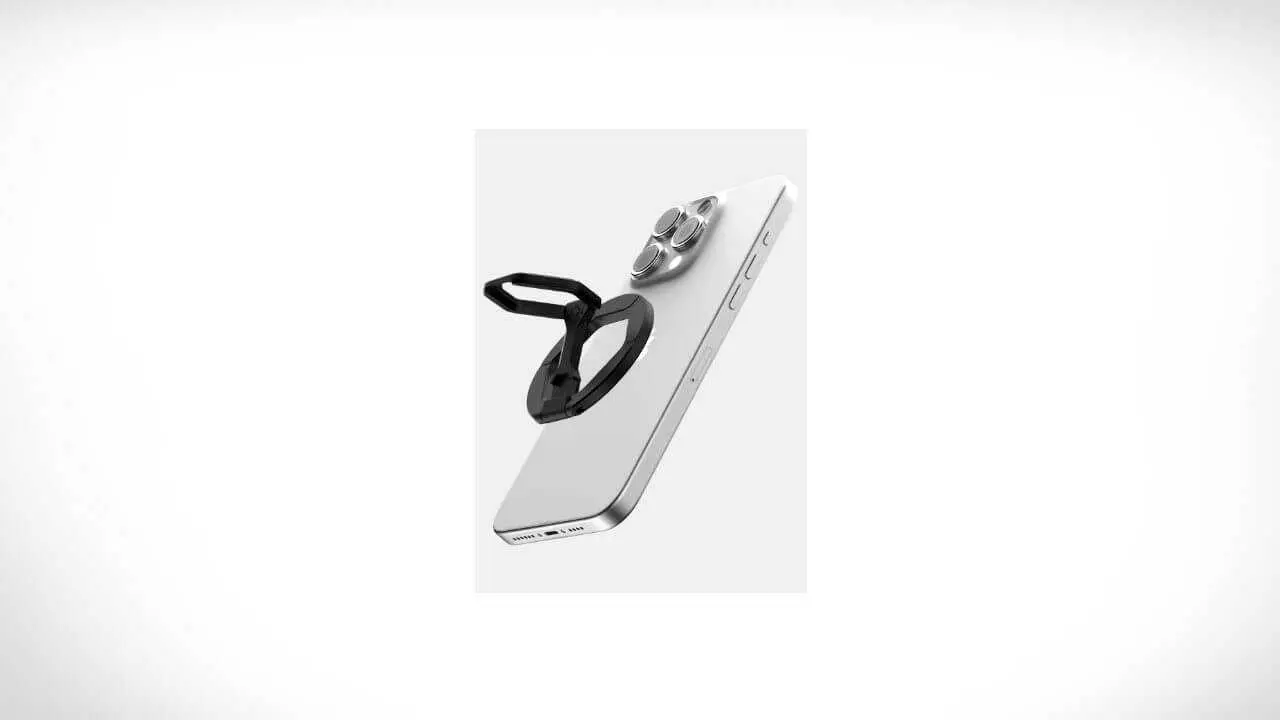
·
Quality MagSafe Kickstands To Enhance Your Viewing Experience
If you’re looking to take your iPhone usage to the next level, a quality MagSafe kickstand is just what you need. These innovative accessories combine the convenience of hands-free viewing with the seamless integration of MagSafe technology. Whether you’re binge-watching your favorite shows, attending virtual meetings, or simply enjoying some hands-free time, these kickstands are…
-
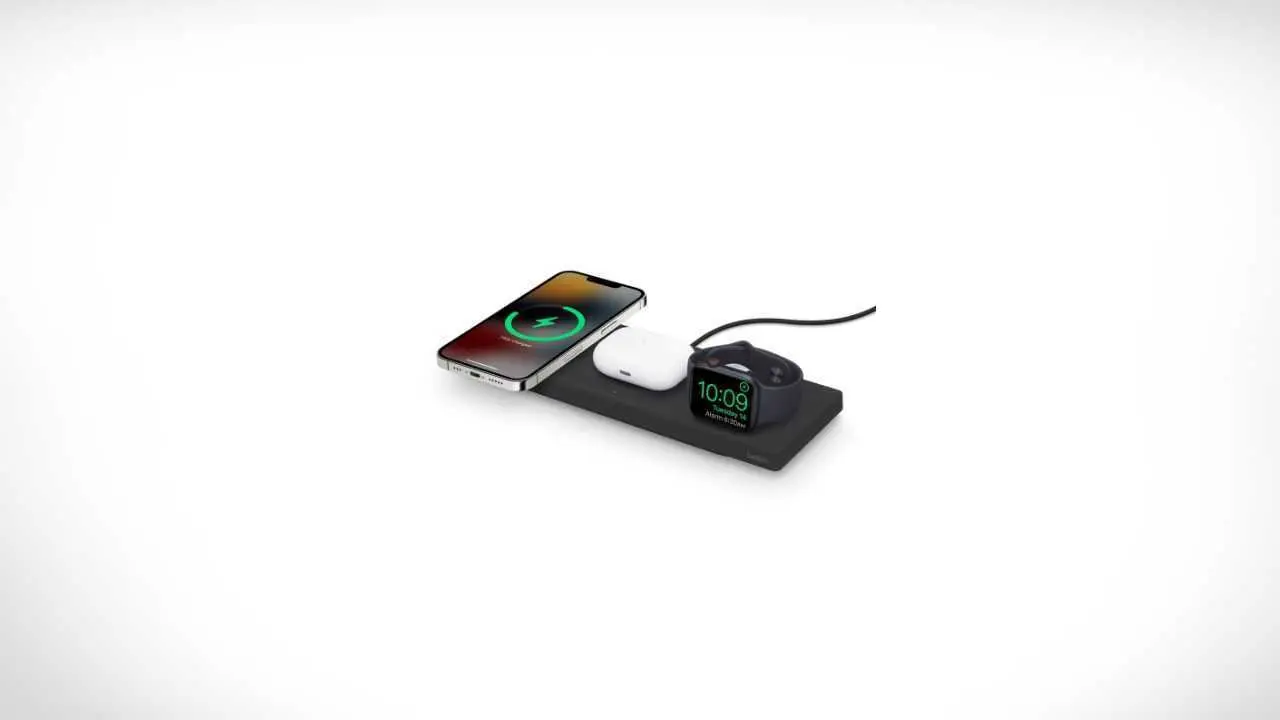
·
Power-Packed MagSafe Magnetic Chargers That Will Boost Your Battery
If you’re tired of the hassle and slow speeds of traditional wireless chargers, MagSafe magnetic chargers are the game-changers you need. These chargers use Apple’s proprietary MagSafe technology, which combines powerful magnets with advanced wireless charging capabilities. This means you get fast, reliable, and incredibly convenient charging, along with a whole ecosystem of magnetic accessories…
-
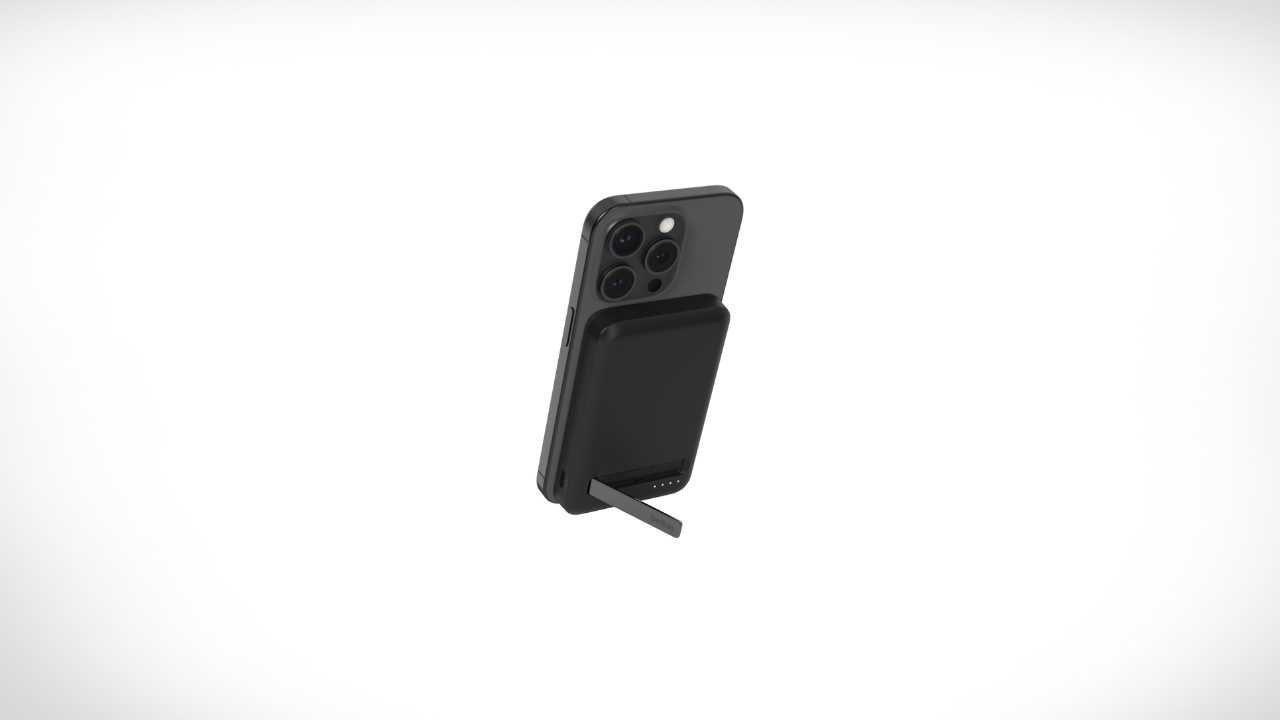
·
Stunning Examples Of MagSafe Monitor Mounts For Perfect Viewing
If you’re like me and spend a lot of time on video calls or creating content, you know how crucial it is to have your camera at the right angle. That’s where MagSafe monitor mounts come in – they’re a game-changer. These mounts use Apple’s MagSafe technology to securely attach your iPhone to your Mac…
-

·
Versatile MagSafe Multi-Chargers That Will Simplify Your Life
If you’re like me and juggle multiple Apple devices daily, you know the hassle of dealing with a tangle of cables and multiple chargers. That’s where versatile MagSafe multi-chargers come in – they’re a total game-changer. These chargers can handle your iPhone, AirPods, and Apple Watch all at once, making your charging routine a whole…
-

·
Essential MagSafe Adapters For Universal Device Compatibility
If you’re looking to bring the convenience of MagSafe technology to your non-MagSafe devices, MagSafe adapters are a game-changer. These adapters add MagSafe compatibility to any Qi-enabled phone, allowing you to use MagSafe chargers, wallets, car mounts, and other accessories seamlessly. They’re usually slim, easy to install, and work with most phone cases, making them…
-

·
Smart MagSafe Money Clips That Will Revolutionize Your Wallet
If you’re tired of the bulk and hassle of traditional wallets, Smart MagSafe money clips are here to change the game. These sleek, innovative wallets attach magnetically to your iPhone, combining the convenience of a wallet with the tech of your phone. With features like RFID protection, built-in trackers, and adjustable stands, these wallets are…
-

·
Rugged MagSafe Motorcycle Mounts That Adventure Riders Swear By
When you’re out on the open road or tackling rugged trails, having a reliable and sturdy phone mount is crucial. Rugged MagSafe motorcycle mounts are a game-changer for adventure riders, offering a seamless blend of security, convenience, and durability. These mounts are designed to withstand the toughest riding conditions, ensuring your phone stays firmly in…
-
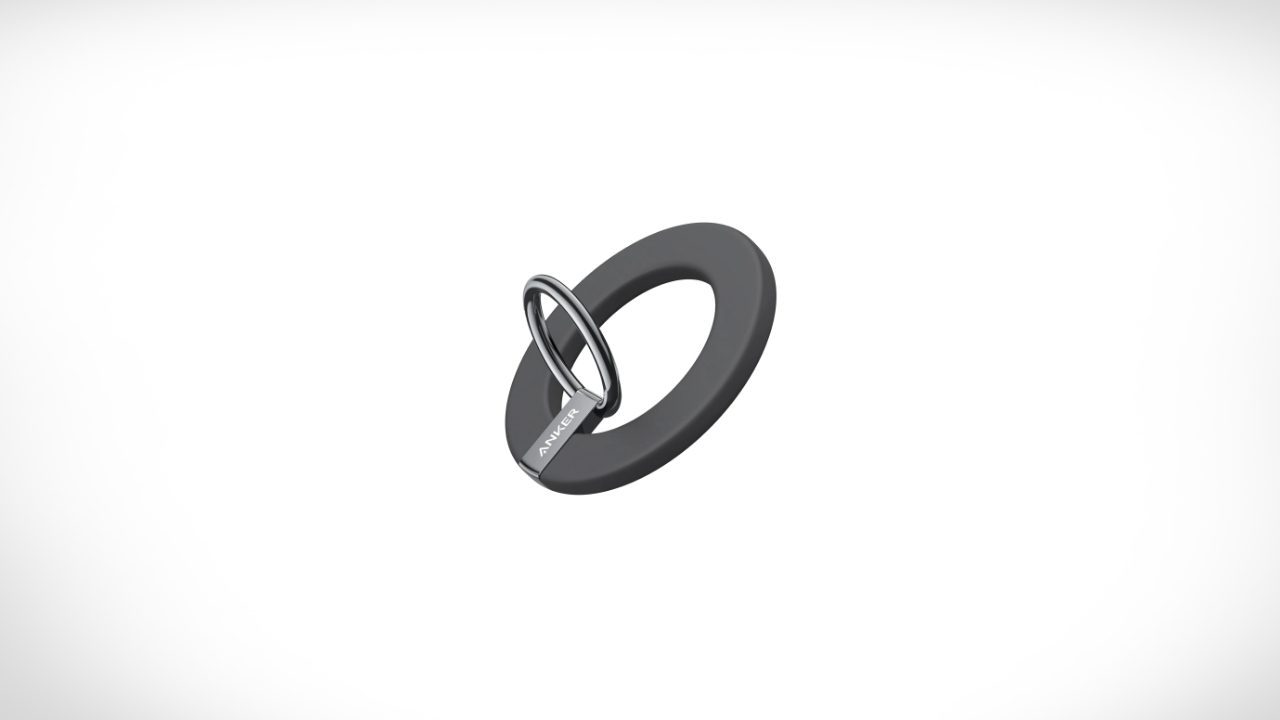
·
Creative Ways To Use MagSafe Magnet Stickers For DIY Projects
If you’re like me and love tinkering with your gadgets, you’ll be thrilled to discover MagSafe magnet stickers. These nifty little tools can transform any phone case or device into a MagSafe-compatible powerhouse, opening up a world of creative DIY projects. Whether you’re looking to enhance your iPhone experience or bring MagSafe magic to other…
-
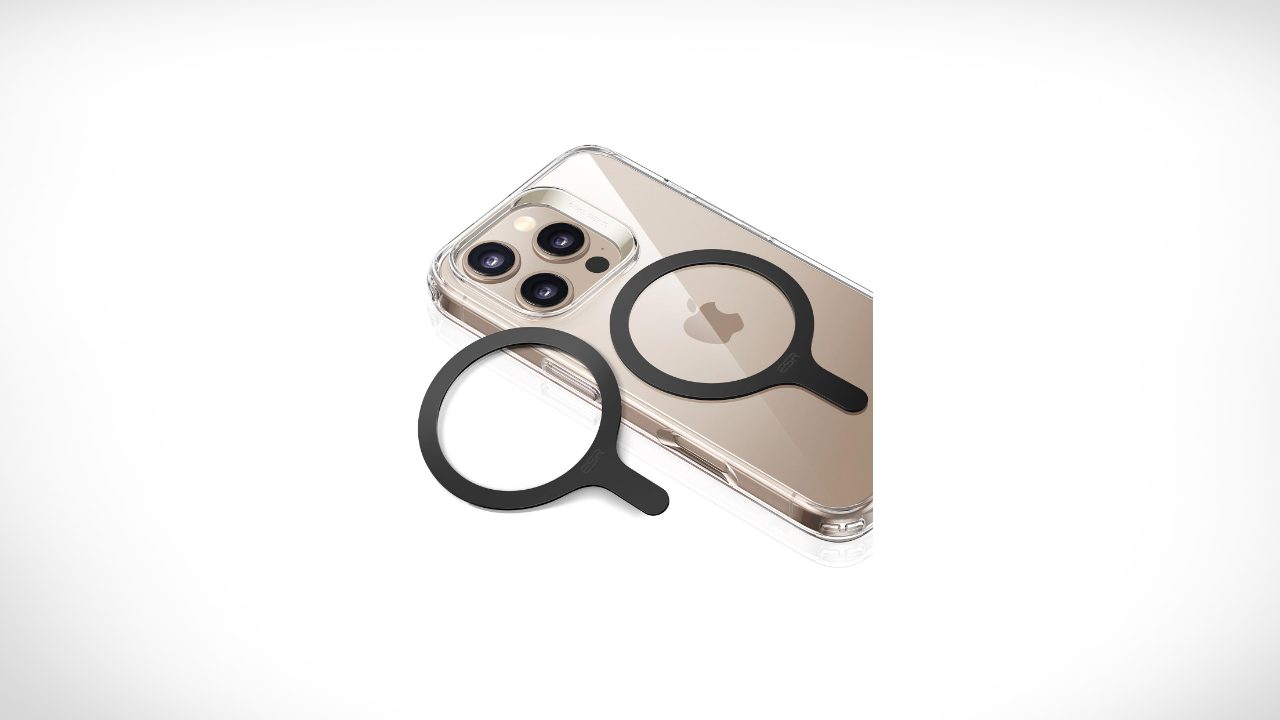
·
Brilliant MagSafe Magnet Rings To Make Your Setup More Versatile
If you’re looking to elevate your phone setup with the convenience and versatility of MagSafe technology, magnetic rings are the way to go. These nifty accessories can turn any phone, whether it’s an iPhone or an Android, into a MagSafe-compatible device. With strong magnetic forces, easy installation, and compatibility with various phone cases, these rings…
-

·
Supercharge Your MacBook With These Incredible MagSafe Chargers
If you’re like me and can’t stand the hassle of dealing with tangled cords or the fear of your MacBook flying off the table when someone trips on the cable, then MagSafe chargers are your new best friends. These chargers use a magnetic connection that securely attaches to your MacBook, ensuring it stays put while…